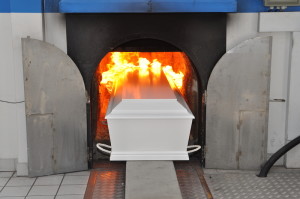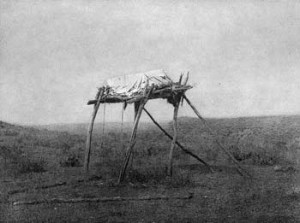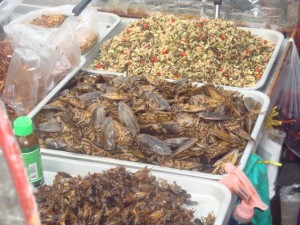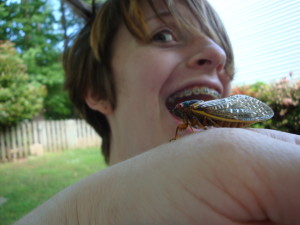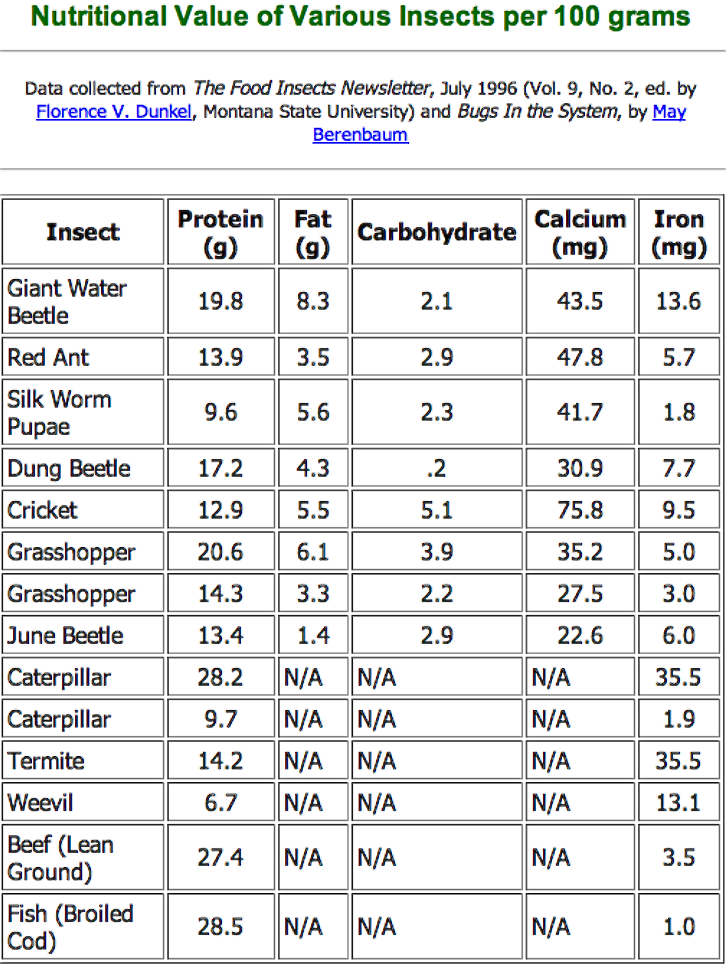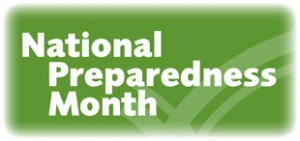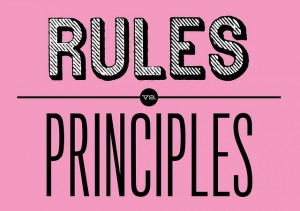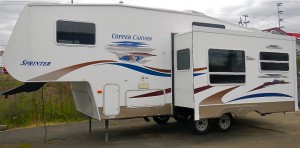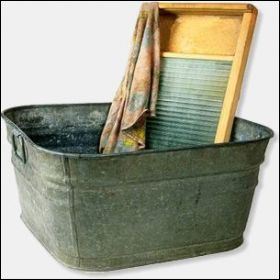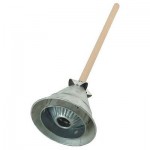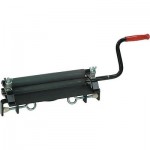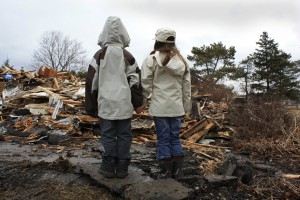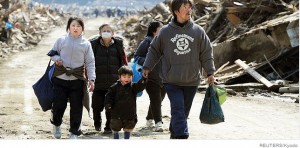by Leah, Momma Bear -
 I recently picked up the book Wool, by Hugh Howey. There were a couple reasons I picked up this book: it was a post-apocalypse story set in a missile silo, it was originally self-published as a short story/e-book and then later picked up by Simon and Schuster, and the movie rights have been picked up by Ridley Scott. I will be curious to see if this book ever develops into a movie. While this was a decent book, I would not put it on the same level as some of the genre classics.
I recently picked up the book Wool, by Hugh Howey. There were a couple reasons I picked up this book: it was a post-apocalypse story set in a missile silo, it was originally self-published as a short story/e-book and then later picked up by Simon and Schuster, and the movie rights have been picked up by Ridley Scott. I will be curious to see if this book ever develops into a movie. While this was a decent book, I would not put it on the same level as some of the genre classics.
I come from a family of big science fiction nerds. I have had a long love affair with science fiction and the end of our world, a science fiction sub-genre known as apocalyptic or dystopian fiction (the basic “we’re doomed” theme). From movies to books, I love it all. Most of us think of the apocalyptic genre as stemming from the 1940’s and beyond, coming from the Cold War at the end of World War II. But the truth is that the genre is actually much older. Mary 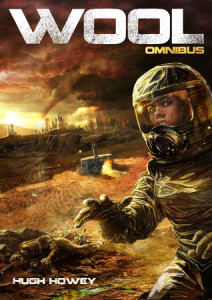 Shelley (the same lady who gave us Frankenstein) wrote The Last Man in 1826, which is believed to be the first modern apocalyptic novel, about a world-wide pandemic. Seventy years later, HG Wells hit the literary scene with such masterpieces as The Time Machine in 1895, and War of the Worlds in 1898. These stories, with their end of the world themes, continue to be popular today as we see them portrayed each summer in the latest movies. In fact, many of our favorite apocalypse movies are rooted in literature. For instance, Blade Runner is loosely based on the book Do Androids Dream of Electric Sheep by Philip K. Dick.
Shelley (the same lady who gave us Frankenstein) wrote The Last Man in 1826, which is believed to be the first modern apocalyptic novel, about a world-wide pandemic. Seventy years later, HG Wells hit the literary scene with such masterpieces as The Time Machine in 1895, and War of the Worlds in 1898. These stories, with their end of the world themes, continue to be popular today as we see them portrayed each summer in the latest movies. In fact, many of our favorite apocalypse movies are rooted in literature. For instance, Blade Runner is loosely based on the book Do Androids Dream of Electric Sheep by Philip K. Dick.
Wool is an intriguing read because it deals with the intricacies of human nature in a post-apocalypse society. Within the silo are the last vestiges of humanity, following some unexplained and no longer remembered apocalypse that has left the outside world toxic. Inside is a tightly contained, controlled, and stratified society in which every birth must be preceded by a death, a one for one population control essentially. Society itself is divided by a person’s occupation and location within the 100+ level silo, with the administrative/political people residing closest to the surface and the workers on decreasing levels until you reach the dark bottom, mechanics levels (though they are the ones who provide everything from air to electricity). But when a few people start to question authority, society within begins to crumble.
I found the setting of Wool particularly interesting because of the current popularity of Doomsday Preppers using old missile silos for end of the world retreats. Today in America, a couple hundred thousand dollars can buy you a rusting hole in the ground without electricity, or a million can buy you a small apartment within a luxury silo. It seems that these silos fall into the categories of “fixer upper” or “buy your survival”, with the latter leaving you unable to choose your neighbor and silo mates. Whichever you choose, like Wool, it will take more than a few people and some structured society to keep it running. How do you choose the people for your silo team? How do you keep control when the s**t hits the fan and you’re in lockdown?
 Check out these links to available silo properties:
Check out these links to available silo properties:
For more great apocalyptic reading, check out these lists:
Apocalyptic movies lists:

